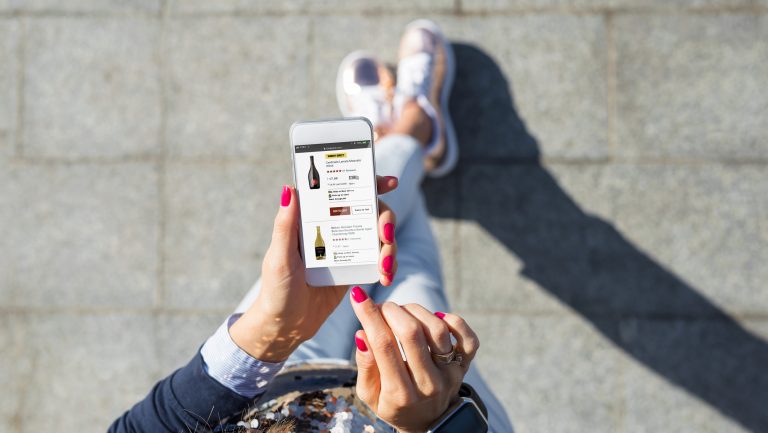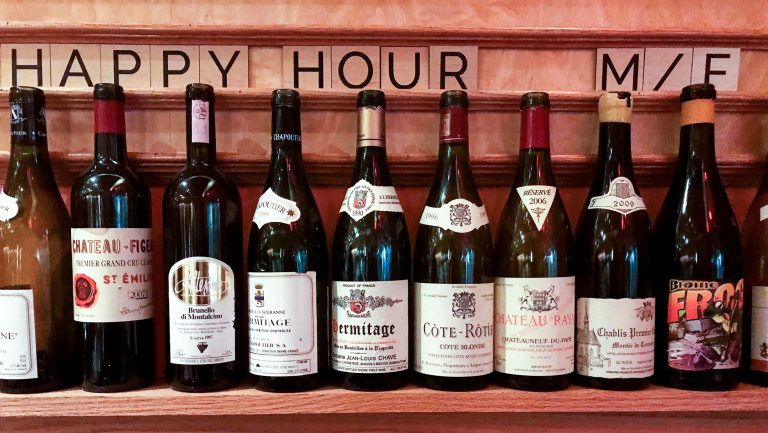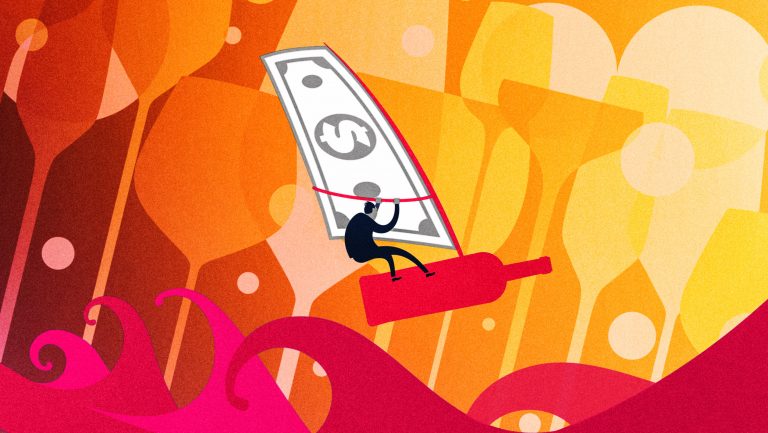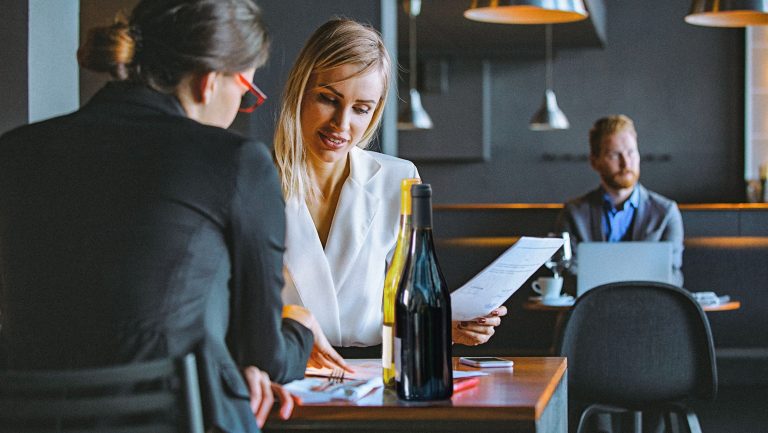[Editor’s note: Kelley Rochna is the vice president of Marketing & Innovation at Vine Connections, a wine and sake importer. She formerly led Instagram’s global business marketing brand strategy, overseeing sales-driving initiatives through Instagram’s business products. Because of her industry-bridging experience, SevenFifty Daily asked Rochna for her views on how businesses in the three-tier system can increase sales through the mobile channel.]
We use our mobile phone for just about everything—it’s our alarm clock, it’s our map to get somewhere, it’s our means to stream podcasts and music, it’s how we check email and news on the go, and it’s how we communicate. Increasingly, it’s also how we find the products and services we want. Consumers are shopping and purchasing more on their phones than ever before, and the need for the drinks industry to connect with customers in effective ways has never been more important.
Our industry has typically relied on brands to drive awareness that consumers can call on at a later shopping moment. That shopping experience is increasingly happening now and online—not later at a brick-and-mortar store. So we must adopt a mobile-first mentality to connect with audiences and drive these sales.

Don’t miss the latest drinks industry news and insights. Sign up for our award-winning newsletters and get insider intel, resources, and trends delivered to your inbox every week.
Capturing Consumer Attention
Time spent on considering a purchase is shrinking thanks to diminishing attention spans and an increased digital lifestyle. We’re doing a number of things at once—emailing from meetings, watching TV while scrolling on our phones, and checking social media while waiting in line at the grocery store, while we’re cooking, and while we’re spending time with the family. Whereas the average attention span was 12 seconds four years ago, we now have only 8 seconds in which to get people to pay attention to our message. And it’s only going to get worse—Gen Y has an attention span of 5 seconds, and Gen Z has just 2.8 seconds.
Yet mobile sales are a potential bright spot. We know that the desire to shop on mobile is high. A study released by Facebook reports that one in three U.S. shoppers would like to shop on their smartphone more often, but one in two cite poor navigation or slow load times as barriers to doing so. And consumers are actually shopping faster on mobile—mobile conversions from ad to sale happen 13 percent faster than on desktop, according to Facebook.
To improve conversions, a seamless checkout process is key. Ninety percent of consumers in the Facebook study said that a smooth checkout experience would motivate them to buy again with the same provider, and brands that provide one-click buying or express checkout experiences were preferred.
Capitalize on Emerging Buying Trends
The rise of food delivery, Amazon Prime, and subscription-based delivery services like StitchFix and the Dollar Shave Club have spurred the interest in online alcohol sales. Both mobile and desktop alcohol sales continue to gather momentum and aren’t projected to slow anytime soon. Slice Intelligence reported that online alcohol delivery grew 32.7 percent in 2017.
The manner in which consumers buy alcohol—how, when, and where—continues to evolve, from traditional wine clubs to lifestyle subscription clubs to online searching through platforms like Wine.com and Vivino. Retailers are paying a lot of attention to their online presence as well: Kroger, Total Wine & More, and H-E-B are just a few that have invested in third-party partnerships to enable alcohol-buying from the palm of one’s hand, often accompanied by on-demand delivery, in as little as 30 minutes. Drizly, Minibar, and Saucey are among these third-party delivery companies that understood how mobile searches affect desire and influence purchasing behavior and so invested in mobile experiences over desktop.
6 Steps to Drive More Mobile Sales
1. Ensure your mobile experience is different from that of your desktop. You need to have a mobile-enabled site and checkout process. Invest in tools like WineDirect, Shopify, or BigCommerce that create a faster checkout experience. And don’t forget to consider the top products you want people to place in their carts—and create customized landing pages based on those goals.
2. Most accounts or brands have a Facebook page, but many don’t use the free Shop button on that page. Make sure to include this to drive more people to your online portal.
3. If people are buying online through your company, they’ve probably created an account with their email. Consider providing an integrated experience by allowing people to choose to log in from their Facebook page. This pulls in their preferences and allows them to share products more seamlessly. It also allows you to gather relevant targeting information about them.
4. Social media draws people to engage more with businesses than traditional advertising channels do. It can also drive measurable sales through easy-to-use products. For example, target and retarget your key customers by continuing to advertise online to people who have signed up for your newsletter or wine club. Custom Audiences is a great product that allows you to take email addresses you’ve gathered and target them in these social channels. You can also create Lookalike Audiences of people who are like your existing key customers.
5. Integrate with third-party companies like Drizly, Minibar, Wine.com, and Vivino. If you are a brand, update your product pages on these sites to provide relevant information. Consider doing ad campaigns to drive people to buy based on your goals.
6. Direct messaging is a huge opportunity for brands, especially as new technology emerges here to drive sales. There are millions of people messaging on Facebook and Instagram each month. Consider new mobile technology like bots to convert people seamlessly through this channel.
Remember—we are all mobile consumers. Put yourself in the mobile buying mind-set and review your brand or company’s online assets. Is the mobile buying experience seamless, or could it use improvement? If the latter, adopt these strategies to see what business you can deliver.

Dispatch
Sign up for our award-winning newsletter
Don’t miss the latest drinks industry news and insights—delivered to your inbox every week.
Kelley Rochna is the vice president of Marketing & Innovation at Vine Connections, a premium importer specializing in fine Argentinean and Chilean wine and artisanal Japanese sake. She formerly led Instagram’s global business marketing brand strategy. You can connect with her on Instagram.








